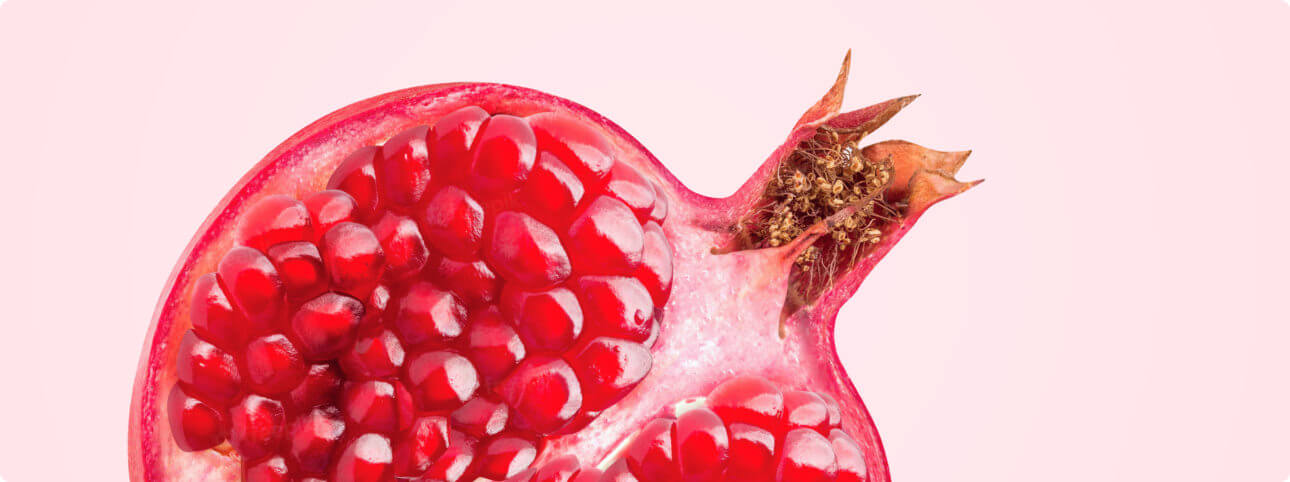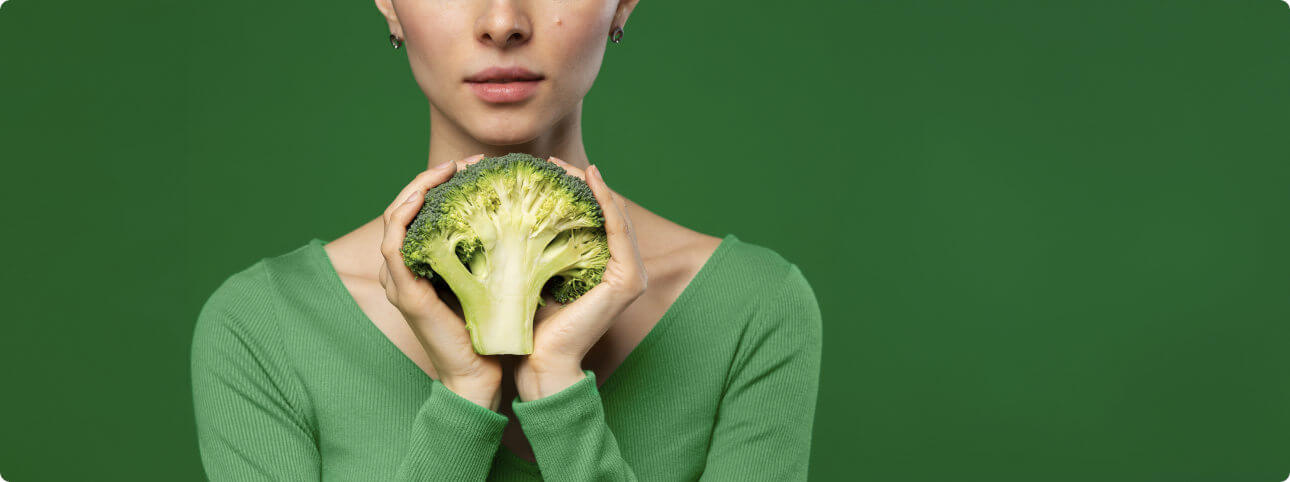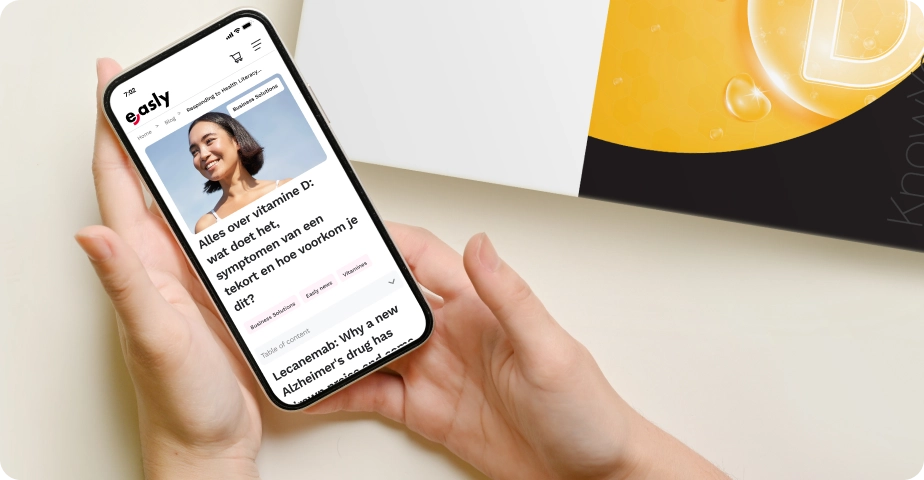Iron is a mineral that plays a crucial role in our bodies, particularly in the transportation of oxygen in our blood. A deficiency in iron can lead to various health issues and symptoms, ranging from fatigue to palpitations. Therefore, it is essential to understand where you can find iron in food and how to ensure an adequate intake. In this article, we delve into the role of iron in our blood, discuss potential symptoms of iron deficiency, and provide a detailed overview of iron-rich foods. Keep reading to learn more!
Function of iron
Before we delve into which foods are rich in iron, let’s first take a look at the role iron plays in our bodies. Iron is essential for the formation of hemoglobin, a protein in red blood cells that binds and transports oxygen to various parts of our bodies. This oxygen transport ensures that all our tissues and organs receive the oxygen they need to function properly.
Additionally, iron is used in cells to produce energy. Therefore, we can confidently consider iron as the ‘fuel’ for our bodies. Iron also plays a key role in supporting our immune system, enabling us to fight infections.

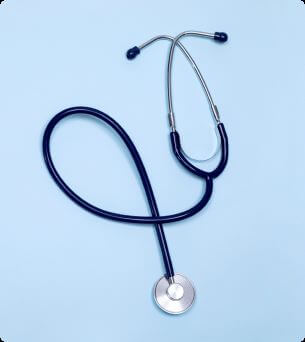
In other words, iron is not only crucial for our physical energy but also supports our overall health and well-being. In the next section of this blog, we will delve deeper into how to ensure you get enough iron and what the symptoms of a deficiency may be.
Iron in nutrition
Now that we understand how important iron is for our bodies and the symptoms a deficiency can cause, let’s take a look at the foods that are rich in this mineral. Where can you find iron in nutrition, and how can you ensure you get enough?
Iron in animal and plant-based foods
Iron is present in various foods, both animal and plant-based. Iron in foods can exist in two forms: heme iron and non-heme iron.
- Heme iron is mainly found in animal products such as meat, fish, and poultry. Heme iron is more efficiently absorbed by our bodies than non-heme iron. It contributes significantly to iron intake when you consume both animal and plant-based nutrients. This makes animal sources of iron an important option for maintaining healthy iron levels.
- Non-heme iron is the form of iron found in plant-based foods and some animal products. Non-heme iron is less efficiently absorbed than heme iron. Fortunately, there are ways to enhance the absorption of non-heme iron. Combining it with vitamin C-rich foods can improve absorption. Additionally, the absorption of iron can be hindered by calcium-rich dairy products, as well as by coffee and tea. Therefore, it is advisable not to consume them simultaneously with products containing (non-)heme iron.
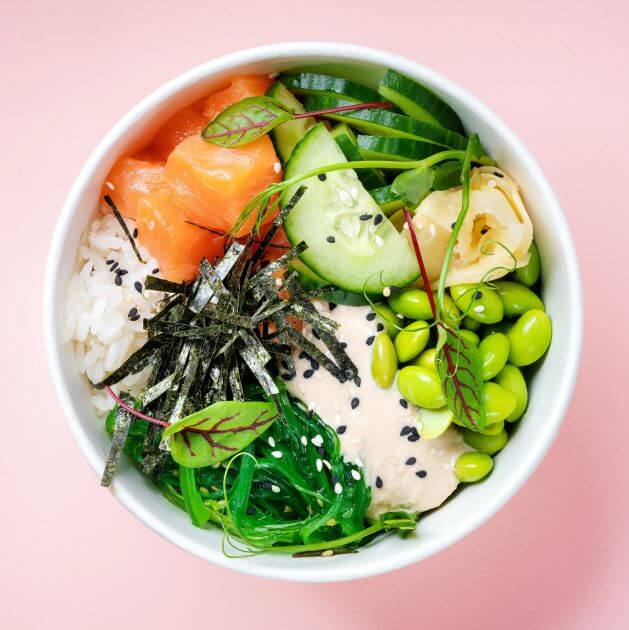
In which foods is iron found?
You now know that iron is present in both animal and plant-based products. But in which specific food items can you find a lot of ir
Animal sources of iron:
- Beef and lamb: These meats are particularly rich in heme iron, which is well absorbed by our bodies. This makes them excellent sources of iron.
- Organ meats: Liver is one of the most iron-rich foods you can eat. It contains not only heme iron but also other nutrients like vitamin A.
- Chicken and turkey: Poultry also contains a significant amount of iron, although less than red meat.
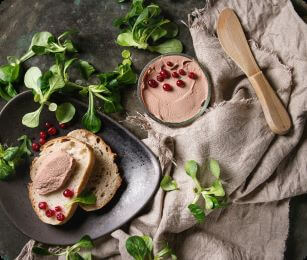
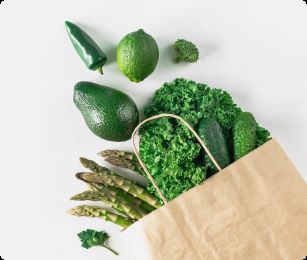
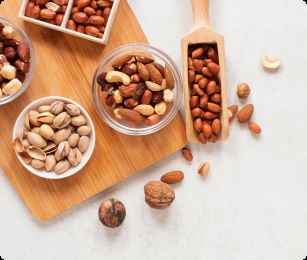
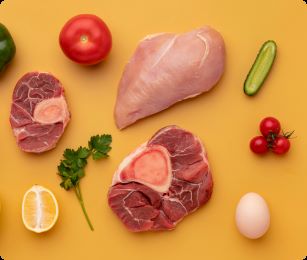
Plant-based sources of iron:
- Dark Leafy Greens: Spinach, kale, and Swiss chard are examples of green leafy vegetables that contain iron. Although the iron in plant-based food is non-heme iron and is less efficiently absorbed than heme iron, these vegetables can still be a valuable source.
- Legumes: Lentils, chickpeas, and black beans are good plant-based sources of iron. They are also rich in proteins and fibers, making them a healthy choice.
- Nuts and Seeds: Almonds, cashews, and pumpkin seeds contain iron.
As we discussed earlier, non-heme iron, primarily found in plant-based sources, is less efficiently absorbed than heme iron, mainly found in animal products. For individuals following a vegetarian or vegan diet, it’s essential to know that there are ways to enhance the absorption of non-heme iron:
Add vitamin C: Combining foods rich in vitamin C, such as citrus fruits, bell peppers, and broccoli, with plant-based iron sources can improve iron absorption. Vitamin C helps convert non-heme iron into a form that the body can more easily absorb.
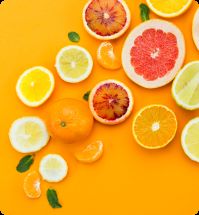
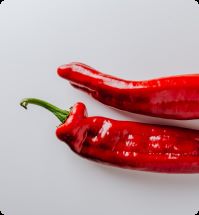
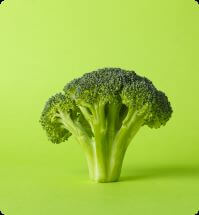
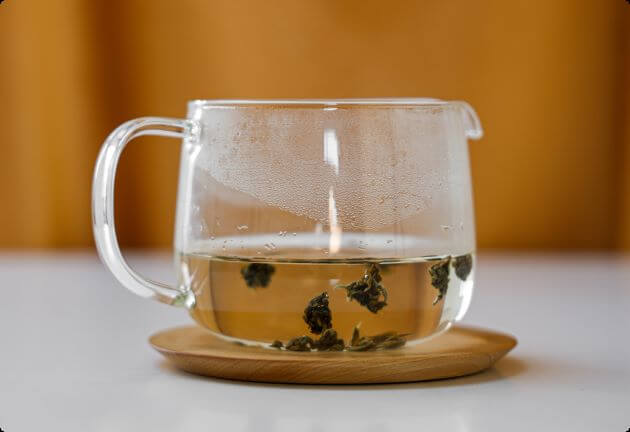
Therefore, iron is an essential mineral for our bodies and can be found in various foods, both animal and plant-based. By maintaining a varied diet, you can ensure that your body receives the necessary amount of iron. When this is not achieved, an iron deficiency may occur, which can have serious health consequences. We will now delve deeper into the symptoms of iron deficiency.
Related tests
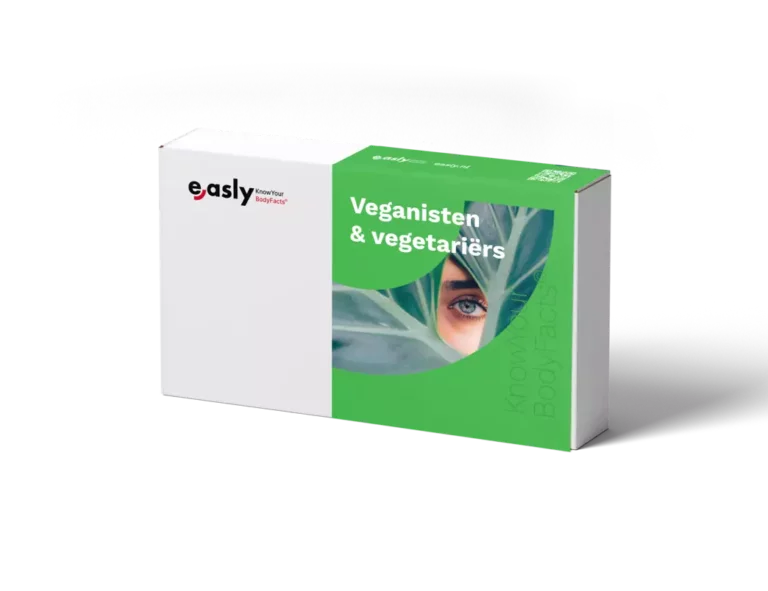
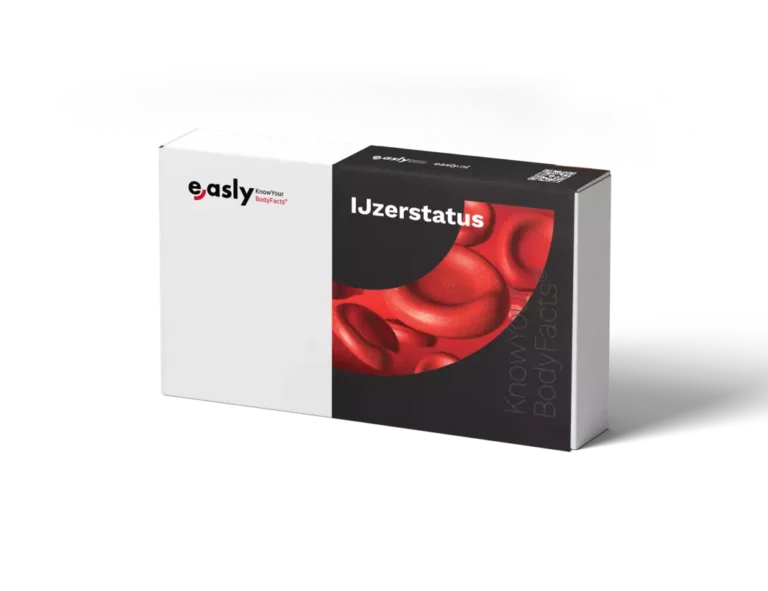
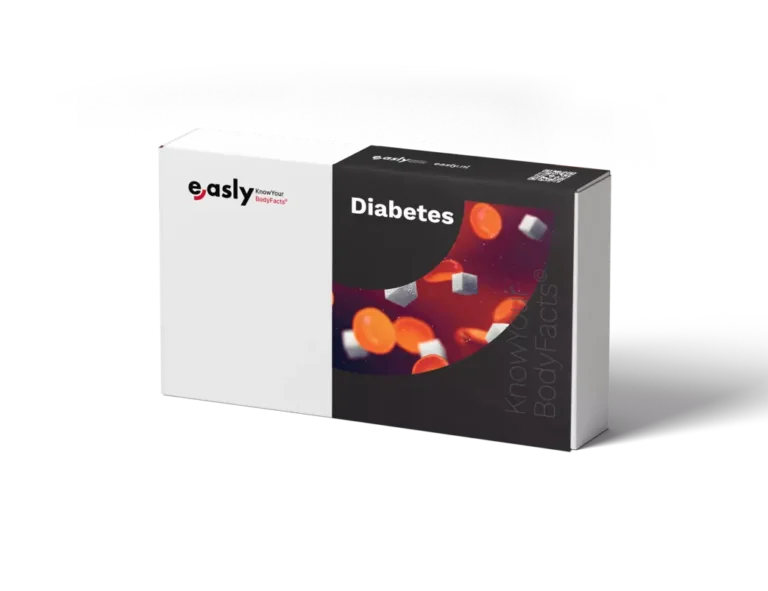
Symptoms of Iron Deficiency
A lack of iron in your body can lead to a range of symptoms that can impact your daily life. Iron deficiency itself may not cause noticeable complaints; often, symptoms arise due to anemia resulting from iron deficiency. Recognizing these symptoms is crucial because an early diagnosis and treatment of iron deficiency can help prevent health problems. The following symptoms may be experienced with an iron deficiency:
- Fatigue: Iron is essential for the transport of oxygen to your tissues and organs. A lack of iron can result in low energy levels, manifesting as persistent fatigue.
- Pale skin: Iron deficiency can impede the production of hemoglobin in the body. Consequently, red blood cells may transport less oxygen, causing a change in their color, making them paler than usual. This affects the skin and mucous membranes, often resulting in pallor in the skin and gums for individuals with iron deficiency.
- Shortness of breath: Iron deficiency can lead to a decrease in oxygen supply to your tissues, causing you to become breathless more quickly, especially during physical activity.
- Cold hands and feet: Insufficient iron may affect blood circulation, leading to cold sensations in the hands and feet.
- Brittle nails and hair loss: Iron deficiency can influence the growth and structure of your nails and hair, making them more brittle and prone to falling out.


It is essential to note that these symptoms can also be caused by other conditions. If you experience complaints that may indicate iron deficiency, it is recommended to consult your own (family) doctor first. Curious about whether you consume enough iron? With Easly’s iron-status blood test, you can easily, quickly, and reliably determine if your iron status is sufficient. Interested in checking if other blood values are also in order? Easly’s comprehensive blood test not only screens your iron levels but also provides insights into your risk of cardiovascular diseases, liver enzymes, kidney function, and general blood parameters.

Conclusion
Iron plays a crucial role in our body as it serves as the fuel for our system, being essential for the transportation of oxygen to our cells and tissues. Iron deficiency can lead to fatigue, pale skin, cold hands and feet, as well as brittle nails and hair. Therefore, it is highly important to consume an adequate amount of iron-rich foods.
Iron is present in both animal and plant sources. Some food sources are particularly rich in iron, such as beef and lamb. While certain plant sources also contain iron, the body tends to absorb this type of iron less efficiently. Vegetarians can enhance their iron intake by opting for iron-rich plant-based foods and combining them with vitamin C-rich foods to improve absorption. If you suspect an iron deficiency or experience symptoms like fatigue and weakness, do not hesitate to consult a doctor. At Easly, you can assess your iron levels in two ways: through the iron-status blood test or the comprehensive general blood test.





